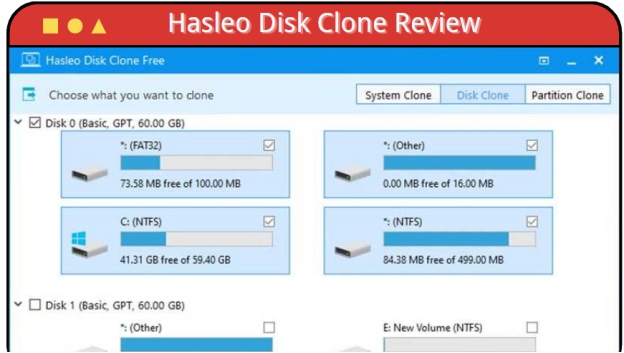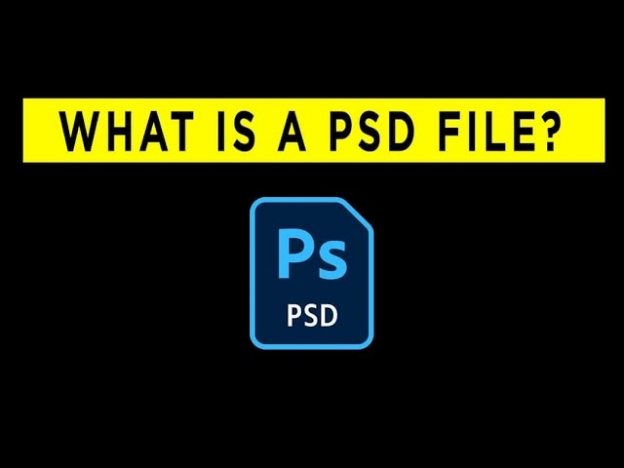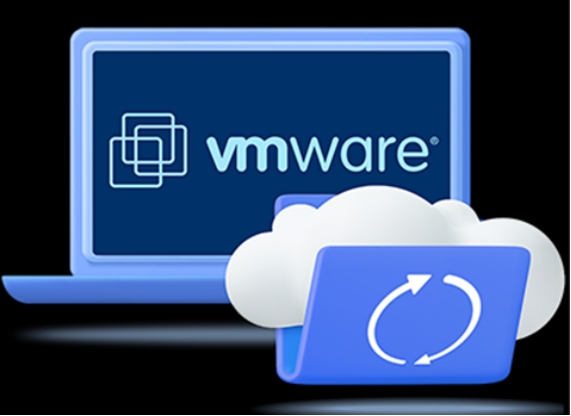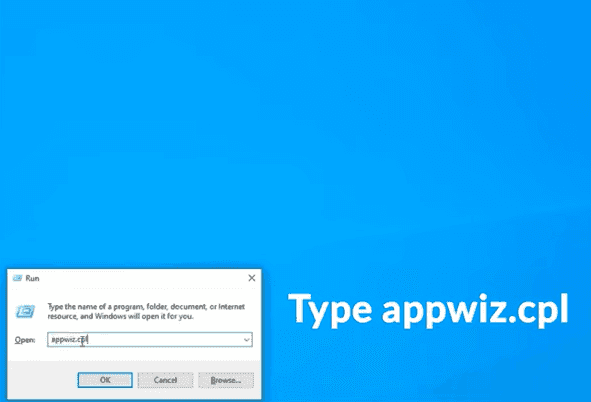What Is a ZIP Drive and All You Need Know
Have you lost your ZIP file? Download the 4DDiG data recovery tool now! It will recover your ZIP file if it is lost, deleted, or corrupt. Follow the guide for three easy steps of recovery.
ZIP drives are one of the widely used storage devices. It was used to save and share digital files till the early 2000s. It acts as a replacement for floppy disks because it has more storage capacity. Ultimately, it became a choice for people who had large files. Later on, new technology evolved, and ZIP drives became outdated. USB flash drives, external hard drives , and cloud-based storage emerged as replacements. However, it is still considerable because people do use these technologies. This article will explore what is a ZIP drive and their innovations with time.
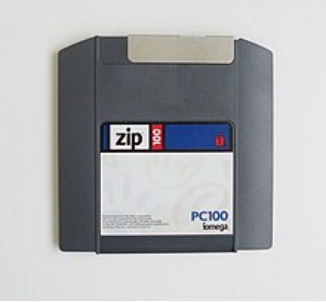
Part 1: What Is a ZIP Drive?
ZIP drive is a removable Disk storage device frequently used in computers. There are two types: internal and external. Both are useful and are installed according to need. Later in the guide, you will learn the difference between both types.
ZIP drives were used to store large files like documents, images, and software applications. These drives were also considered good for data backups and transferring files between multiple computers. Organizations use them for software distribution to avoid direct contact with a range of systems.
How to Recover Deleted ZIP Files from PC [Zip File Recovery]
Part 2: How to Recover Data from ZIP Drive?
Although ZIP drives are not in trend, many users still have their critical data saved in their drives. As ZIP drives store a vast range of data, your data may get lost, deleted, formatted, or corrupted from your drive. In such a scenario, you need a recovery tool. Not all the tools are compatible with ZIP drives. Modern tools don't work with such traditional drives. The one tool with guaranteed recovery from ZIP drives is the 4DDiG Data Recovery tool.
- You can recover both internal and external ZIP drives.
- 4DDiG ensures the recovery from formatted, corrupt, deleted ZIP drive files.
- It can even recover files deleted long ago. However, the success rate may decrease if the drives are overwritten with new data.
- The recovery process is quick and advanced.
Secure Download
Secure Download
Initially, you need the 4DDiG tool installed in your system. Once the installation is done, launch the application. If you are using an external ZIP drive, you need to connect it to the system before launching the application.
-
Select the ZIP Drive
From the homepage you will see all the drives of your system. Locate and choose your internal/external ZIP drive. Once selected click on Start.
-
Scan the ZIP Drive
As you click on start, the scan will begin. 4DDiG will begin the search in your ZIP drive and look for all media types in the selected drive. Soon, you will see the files on your screen. If you are looking for something specific and find it on screen, stop the scan immediately. Otherwise, let the scan finish.
-
Preview and Recover the Drive
After the scan is finished, you will be able to see the files. The preview option is 4DDiG's biggest advantage; it saves lots of time and confirms the authenticity of data. Select the files and click on Recover. You will be asked to choose a location. Select another drive, preferably on your computer or your cloud storage.

Part 3: How to Use Zip Drive?
ZIP drives are easy to use. They consist of a few steps; let us discuss them in detail.
-
Plug in your ZIP drive. If this is your first attempt, you must have a driver for external drives. You might be given software to install the necessary drivers.
-
Put your disc in the drive, either internal or external. The internal drive will be placed in the casing, whereas the external drive will be connected via port.
-
Click on the start button and open My Computer.
-
Go to C drive and then choose removable drive.
-
Double-click on the ZIP drive. It will open the drive and show all its content from that drive.
-
To copy and paste the file, use the keyboard shortcuts CTRL + C and CTRL + V, respectively. You can also drag and drop the files directly.

Windows can read ZIP disks formatted with NFTS, FAT, exFAT, or FAT32 formats. Other file formats may have difficulty reading ZIP files.
Part 4: FAQs about Zip Drive
Q 1: Is zip drive a storage device?
Yes, ZIP drives are a traditional type of storage device that was introduced in the late 1990s. At that time, they were considered high-capacity storage devices. They were a replacement for floppy drives. They commonly had a capacity of 100MB, 250MB, or 750MB, which was more than the capacity of floppy disks. With the rise in the usage of USB drives and flash drives, they became obsolete.
Q 2: Is a Zip drive the same as a USB?
Although both ZIP and USB drives are used for data storage, both are not the same.
Some of the key differences between them are:

- Zip drives are specialized in reading and writing ZIP disks specifically. They are like hard drives but with short capacities. USB drives use flash memory that doesn't require moving parts. You directly connect it to your computer and access it.
- ZIP drives typically have less storage capacity, like 100 MB, 250 MB, etc. However, USB drives can store up to terabytes.
- ZIP drives were very popular in the 1990s. Nowadays, people are widely using USB drives because of their portability and compatibility with almost all devices.
These are the light differences between ZIP drives and USB drives. Both are storage devices, but one is more competent than the other in multiple features.
Q 3: How Does Zip Drive Work?
- ZIP drive is a complete system that works in a scenario. It consists of a ZIP disk and a slot for the ZIP disk. ZIP drives are usually popular for the transfer of large data files. They also offer a high data transfer rate, which increases the speed of transfer.
- It takes some time to find the location on the disk to read or write the data. You can connect the ZIP drive inside the casing to increase the finding speed. However, once your need is addressed, it may take some technical knowledge to remove it.
- On the other hand, an external ZIP drive can easily be removed due to its separate casing. It offers very simple connectivity using a parallel port or USB connection. If you are using a parallel port, you will need a separate power supply to connect it to the port.
Q 4: What are the Differences between an External Zip Drive and an Internal Zip Drive
Internal and external ZIP drives are available and help with storage.
- Internal ZIP drive
- External ZIP drive
- An internal zip drive is installed inside the casing.
- The external ZIP drive comes with a unique casing. It has a cable that connects it to your system.
- Internal drives can’t be removed instantly.
- You can remove it anytime your need is fulfilled.
- Fixed shape with adjustment to the casing.
- Different types of ports are available depending on the device.
Final Words
ZIP drive is an old removable storage system that was popular in 1994. Hopefully, you get to know what a ZIP drive is in the computer and how a ZIP drive works . While talking about storage devices, the fear of losing important data is always there. You may face broken, lost, deleted, or formatted ZIP drives. 4DDiG data recovery tool is the top choice to recover the data because of its ease of use and simple 5-minute recovery process.
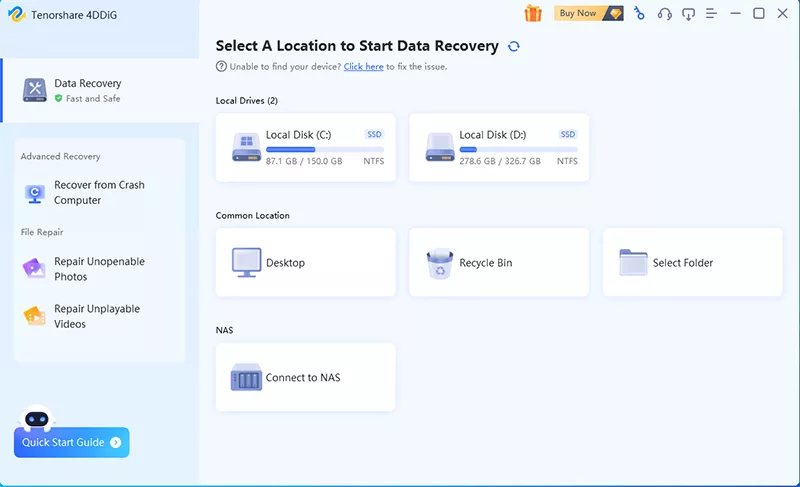
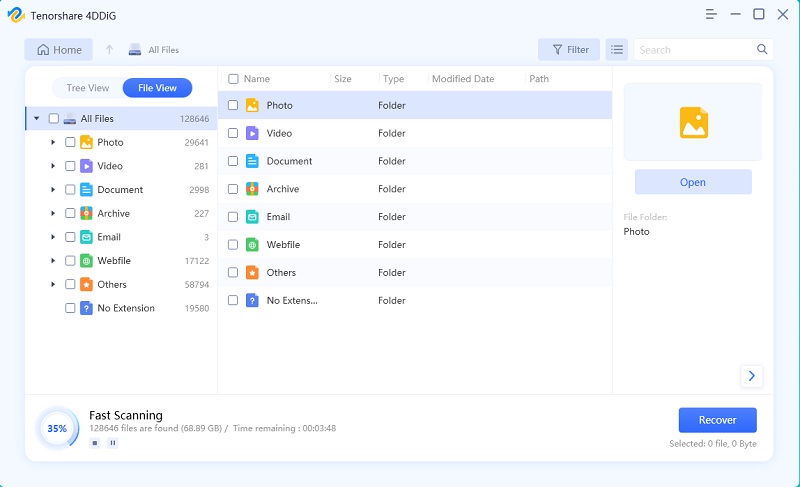
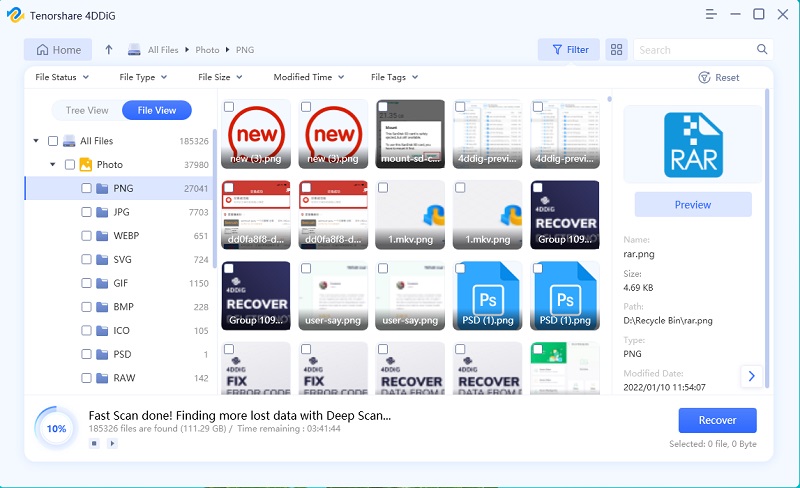

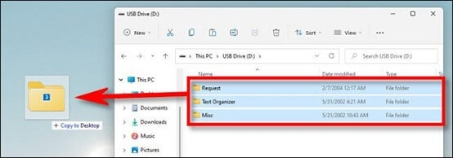
 ChatGPT
ChatGPT
 Perplexity
Perplexity
 Google AI Mode
Google AI Mode
 Grok
Grok

